Search the Special Collections and Archives Portal
Search Results
William Geagley Collection on Nuclear Safety
Identifier
Abstract
The William Geagley Collection on Nuclear Safety contains government publications, memoranda, and pamphlets about counteracting nuclear contamination of food supplies from 1951 to 1960. The materials primarily document Geagley’s oversight of the development of food safety contingency plans for the Michigan Department of Agriculture. The materials also contain information relating to the Nevada Test Site’s plans for Operation Plumbbob, atmospheric and underground nuclear tests held in 1957 in Nevada.
Archival Collection
Edgar Flores (Nevada Legislature, Assemblyman) oral history interview conducted by Magdalena Martinez and Facundo Bentancourt: transcript
Date
Archival Collection
Description
From the Lincy Institute "Perspectives from the COVID-19 Pandemic" Oral History Project (MS-01178) -- Elected official interviews file.
Text
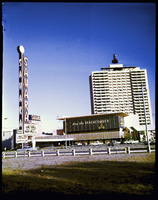
The Sahara Hotel and Casino, don the Beachcomber Restaurant, and the marquee: photographic film
Date
Archival Collection
Description
Image
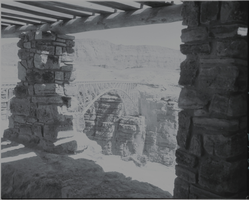
Film transparency of of the Navajo Bridge, Grand Canyon, Arizona, circa 1930s
Date
Archival Collection
Description
Image
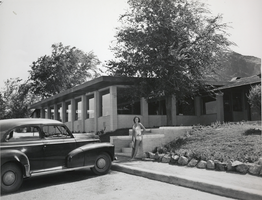
Photograph of a woman posing in front of the Lake Mead Lodge, Nevada, circa 1940s to 1950s
Date
Archival Collection
Description
Image
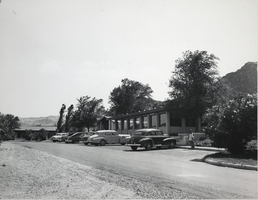
Photograph of the front exterior of the Lake Mead Lodge, Nevada, circa 1940s to 1950s
Date
Archival Collection
Description
Image

Photograph of the front entrance of the Lake Mead Lodge, Nevada, circa 1940s to 1950s
Date
Archival Collection
Description
Image
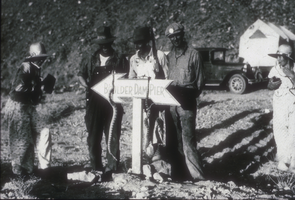
Slide of people at the Hoover Dam pier sign, April 18, 1931
Date
Archival Collection
Description
Image
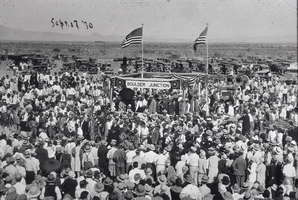
Slide of the Boulder Junction celebration, September 17, 1930
Date
Archival Collection
Description
Image
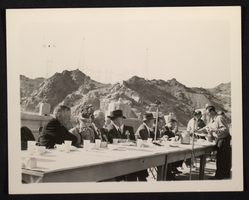
Photograph of Rotary Club at Hoover Dam, October 1946
Date
Archival Collection
Description
An image of people sitting at the head table at a Rotary Club luncheon at Boulder Dam. Note: Boulder Dam was officially renamed Hoover Dam in 1947.
Image
